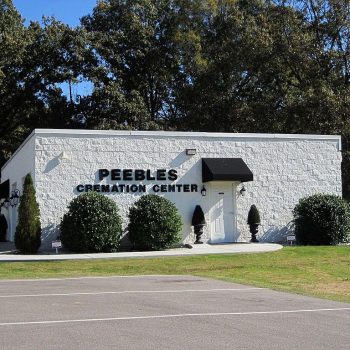 The Cremation furnace , a niche market for CEMS solution: it is installed in a crematorium where the bodies of dead people or pets are burned in order to obtain ashes to be collected and given to the family.
The Cremation furnace , a niche market for CEMS solution: it is installed in a crematorium where the bodies of dead people or pets are burned in order to obtain ashes to be collected and given to the family.
Nowadays a cremation furnace is a high-technology process unit engineered to work with a minimum waste of thermal energy in order to lower emissions as much as possible. As we know, a human body is almost 65% composed of water so, in order to vaporize this fraction and considering 2265 KJ/Kg as Specific Latent Heat of Vaporization for water, to burn a 85 Kg body composed of 55 kg of water, we will need 124 MJ. Therefore, a lot of energy and, consequently, a lot of fuel and obviously significant gas emissions.
On the other hand, the standard fuel is mostly methane gas from the country’s network or LPG stored in an underground tank, so the flue gas composition, from a crematorium stack, is based on a usual combination of CH4, CO, CO2…leading to an entry-level analysis system. Or not?
Our customers know the truth behind the cremation process and they recognize a reliable partner in TECNOVA Group to solve any issue regarding CEMS and legal requirements. In fact, the crematorium application is one of top technical solutions available in TECNOVA HT able to solve several outstanding issues, like
- acid components carry-over
- high water concentration
- inconstant flue gas flow
- huge dust presence
- unpredictable load to the incineration unit…
Why? Because following religious tradition, the coffin is manufactured in different material with different external painting, heavy-duty or water-based. Therefore, when it is burnt, the released emissions are very different in composition as well as quantities, thus resulting in a more or less severe application.
Moreover, the material and finishing of the coffin is critical but also the interior linings or the presence of decorative cushions or similar: the fabric, any plastic parts, and different paints on different materials all lead to an extremely complicated flue gas analysis and requiring a multiparametric analyser. Not only, special care is given to the sampling system feasibility study leading to a 101% customized solution as well the sampling probe, made of suitable metallic material following the application requirements and equipped with a heated box or filtering section.
As usual, our Service Department will manage the SAT Site Acceptance Test, Commissioning & Start-up procedures as well Training to the Customers’ technical team.
